20 Vintage Photos Of The Construction Of Famous Monuments
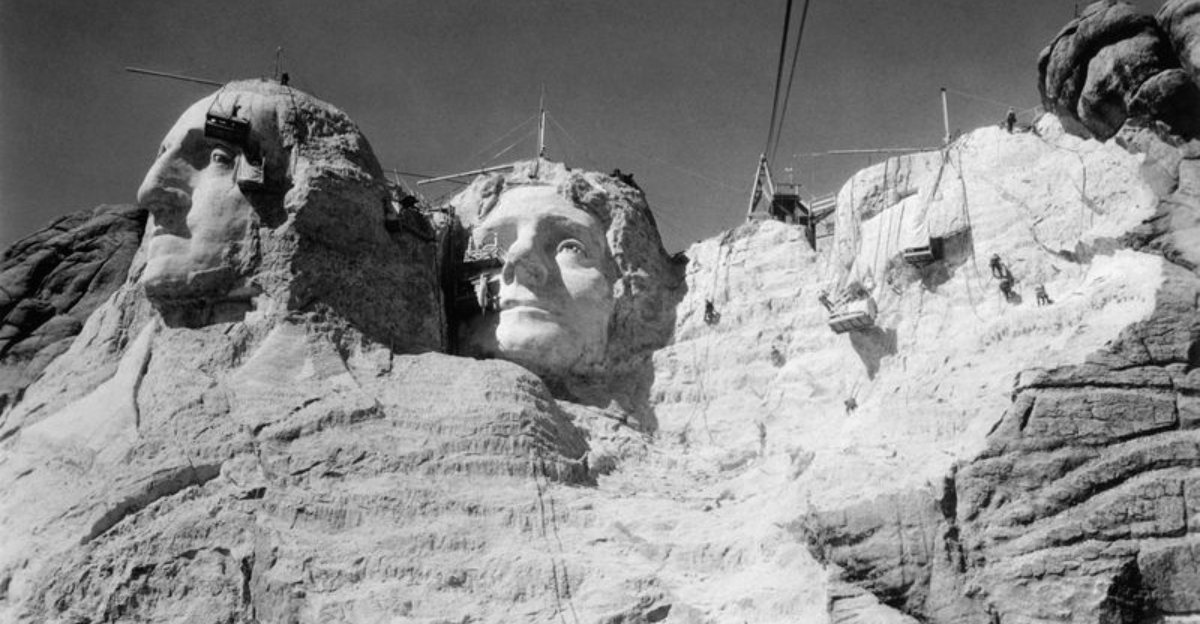
Join me on a whimsical journey through time as we delve into the fascinating construction stories behind some of the world’s most iconic monuments.
These vintage photos are more than just dusty snapshots—they’re windows into the grit, genius, and sometimes downright bizarre decisions that brought these colossal creations to life. Behind every towering spire and sweeping arch lies a tale of vision, determination, and the occasional architectural head-scratcher that leaves you wondering, “Who signed off on that?”
As a devoted history buff with an eye for the odd and amusing, I’ll be sprinkling in some quirky facts and lighthearted commentary to keep things entertaining as we go.
So grab your metaphorical (or literal) hard hat, steel-toed boots, and a sense of curiosity—we’re about to dig deep into the bones of these monumental masterpieces, one beam, brick, and blueprint at a time. Trust me, history has never looked quite this fun!
1. Eiffel Tower
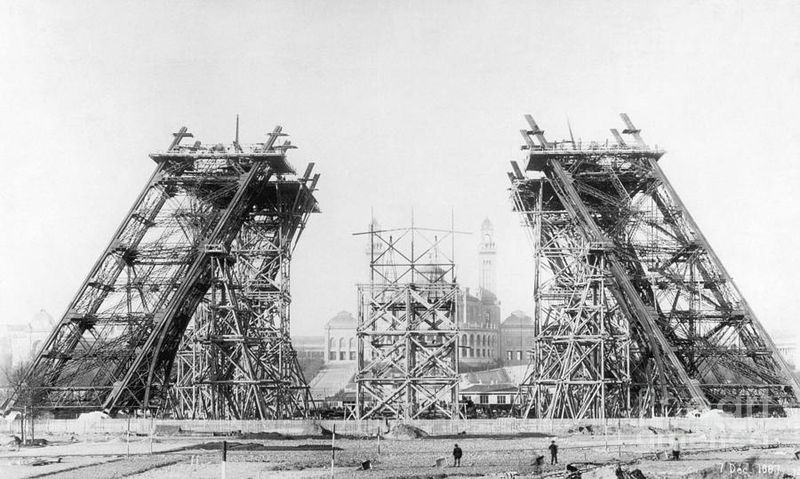
Once upon a time, Paris decided it needed a little ‘ooh la la’ in the skyline. Enter the Eiffel Tower—now synonymous with romance and croissants. Back in the late 1880s, this iron giant was just a bunch of girders and bolts, looking more like a Meccano set gone rogue.
Gustave Eiffel, the brains behind this iconic structure, probably had a blueprint rolled up in one hand and a croissant in the other. As the tower steadily rose towards the clouds, Parisians had mixed feelings—some adored it, while others, well, ‘toured’ against it.
Fun fact: It was initially criticized as an eyesore but now, it’s hard to imagine the City of Light without its Iron Lady. How’s that for a glow-up?
2. Statue of Liberty
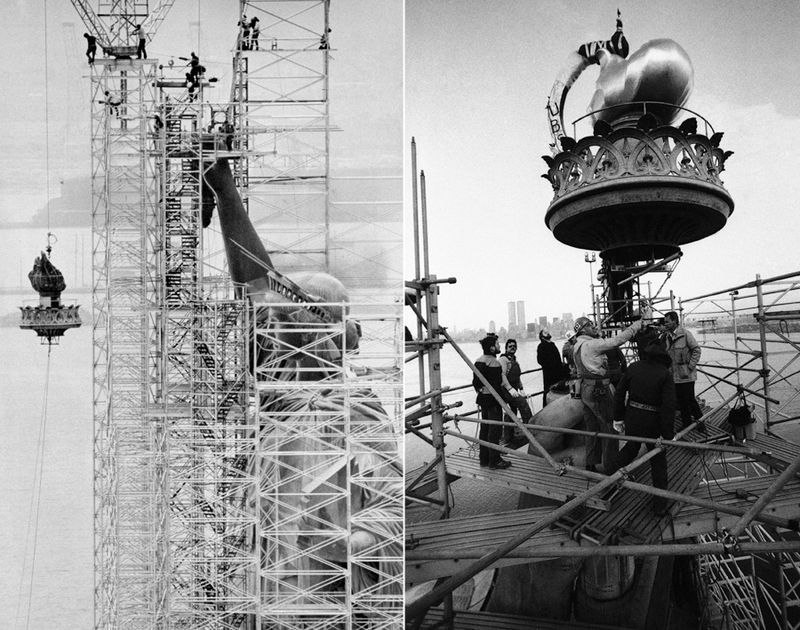
Imagine gifting someone a giant statue, and they ask, ‘Does it come with assembly instructions?’ That’s pretty much how the Statue of Liberty began her journey. Crafted in France, this colossal symbol of freedom was shipped across the Atlantic in 350 pieces.
The assembly line in New York was no small task—think IKEA, but with more rivets and less Swedish meatballs. Lady Liberty stood tall by 1886, ready to welcome immigrants with her torch held high. She doesn’t come with a ‘some assembly required’ tag anymore, thank goodness.
Did you know? Her face was modeled after the sculptor’s mother. Talk about a Mother’s Day gift!
3. Empire State Building
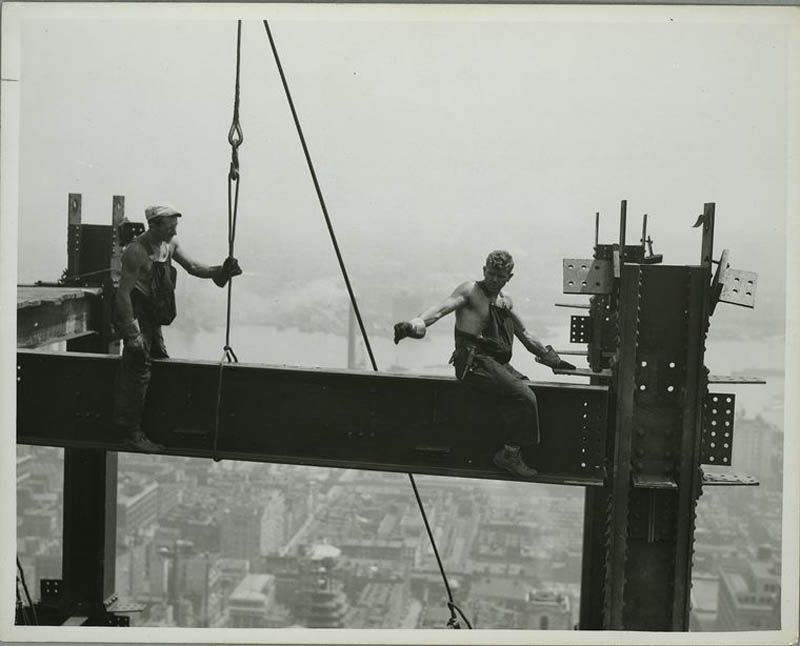
New Yorkers love a good skyscraper, and the Empire State Building is a testament to that. This towering icon was constructed during the Great Depression, offering hope with every steel beam hoisted into place.
Construction workers, known as ‘sky boys,’ danced with danger as they balanced on girders, with the city sprawling below. It’s said that they could have formed their own high-flying ballet troupe.
Remarkably, the building was completed in just over a year, setting record heights in construction speed and sheer audacity. Fun tidbit: The building’s spire was initially intended as a docking station for airships!
4. Golden Gate Bridge
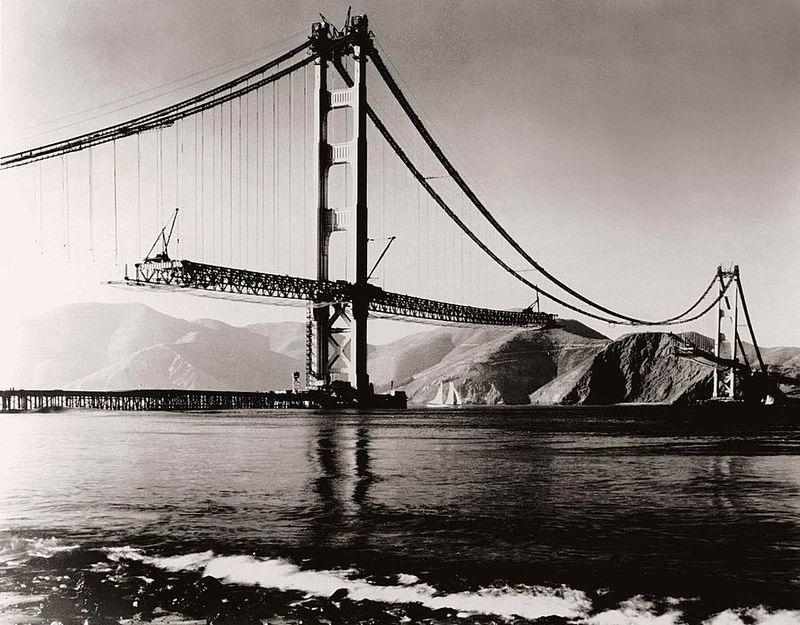
San Francisco’s Golden Gate Bridge didn’t just bridge a gap; it spanned a chasm of skepticism and financial hurdles. Completed in 1937, it was an engineering marvel and a much-needed icon for the city by the bay.
The construction site was windy, foggy, and downright treacherous, but the workers held their nerve—and their rivets. With its International Orange hue, the bridge shines even on the foggiest days, making it a beacon for dreamers and photographers alike.
Here’s a fun nugget: The color wasn’t initially chosen for aesthetics; it was a sealant primer that just happened to look fabulous!
5. Christ the Redeemer

Rio’s Christ the Redeemer statue is more than just a religious icon; it’s a hug from above for the entire city. Standing atop Corcovado Mountain, the statue’s construction was a blend of engineering and divine inspiration.
Workers faced the challenge of assembling this colossal figure on a mountain, battling elements that weren’t exactly heavenly. It finally opened its arms to Rio in 1931, welcoming visitors from all walks of life.
Did you know? The statue’s face was created in France and shipped to Brazil, making it an early example of international collaboration.
6. Sydney Opera House

The Sydney Opera House is what happens when you decide to put seashells on steroids. Designed by Jørn Utzon, its construction was both ambitious and controversial. The structure took 14 years to complete, with its iconic sails proving a tricky architectural challenge.
Imagine explaining to your boss why it’s taking so long to stack a few shells. Yet, patience paid off, and in 1973, the world witnessed the unveiling of this architectural masterpiece.
Here’s a pearl of wisdom: The original budget ballooned from $7 million to $102 million, which is why it’s best to never underestimate a seashell’s true potential.
7. Hoover Dam
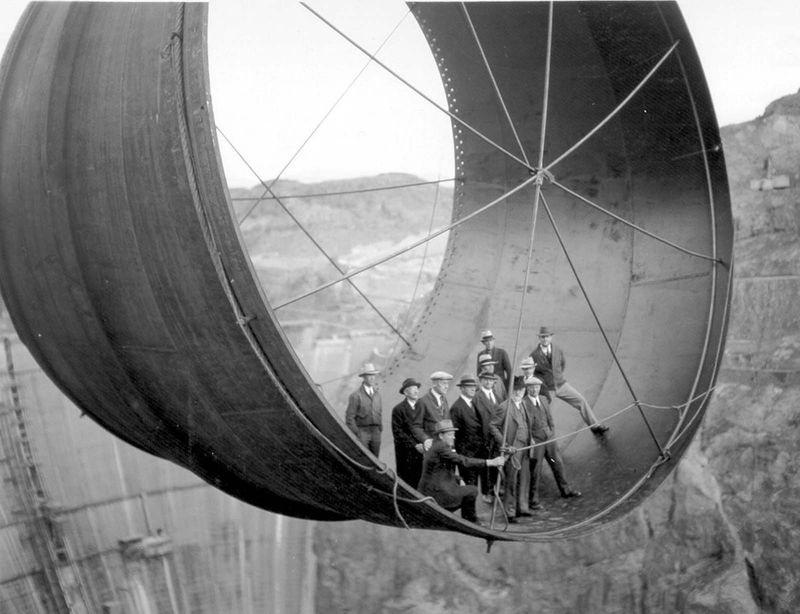
What do you get when you combine concrete, a river, and sheer determination? The Hoover Dam! This monumental project began during the Great Depression, employing thousands and diverting the Colorado River.
The construction was a Herculean effort, with workers enduring blistering desert heat to create what was then the world’s largest dam. Completed in 1936, it remains an engineering marvel and a testament to human ingenuity.
Did you know? The dam created Lake Mead, America’s largest reservoir, which sometimes resembles a giant bath for oversized rubber ducks.
8. Mount Rushmore

Who said rock carving was just for the cavemen? Mount Rushmore took sculpting to presidential levels. This monumental task involved carving the faces of four U.S. presidents into South Dakota’s Black Hills.
Gutzon Borglum, the visionary sculptor, orchestrated this Herculean task using dynamite and daring, finishing in 1941. It’s as if the mountains themselves were campaigning for re-election.
Here’s a blast from the past: Over 400 workers collaborated on this epic project, proving that sometimes it takes a village to carve a president.
9. Tower Bridge
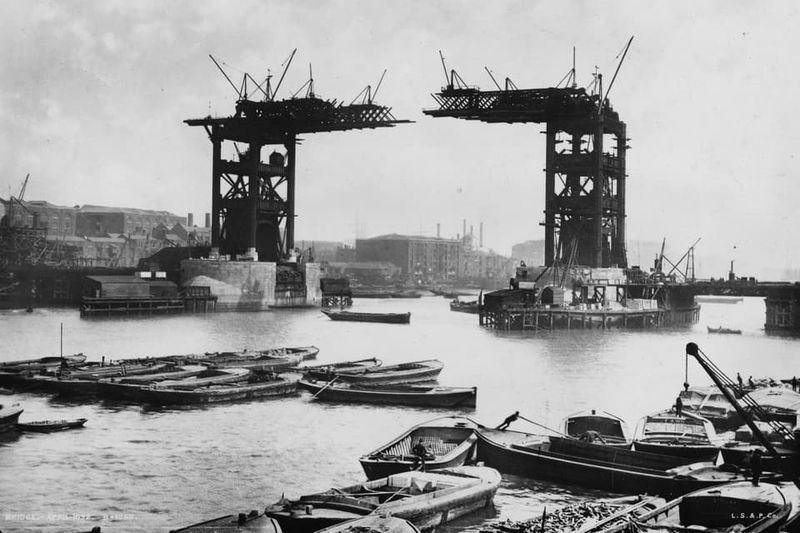
London’s Tower Bridge is more than just a river crossing; it’s a symbol of the Victorian era’s ingenuity. The iconic bascules were completed in 1894, after eight years of intense construction.
The bridge’s design was the result of a public competition, proving that sometimes, great things come from friendly rivalry. Spanning the Thames with grandeur, it’s been lifting spirits and bascules ever since.
Fun fact: The original color of the bridge was chocolate brown—talk about having sweet travels!
10. Sagrada Familia
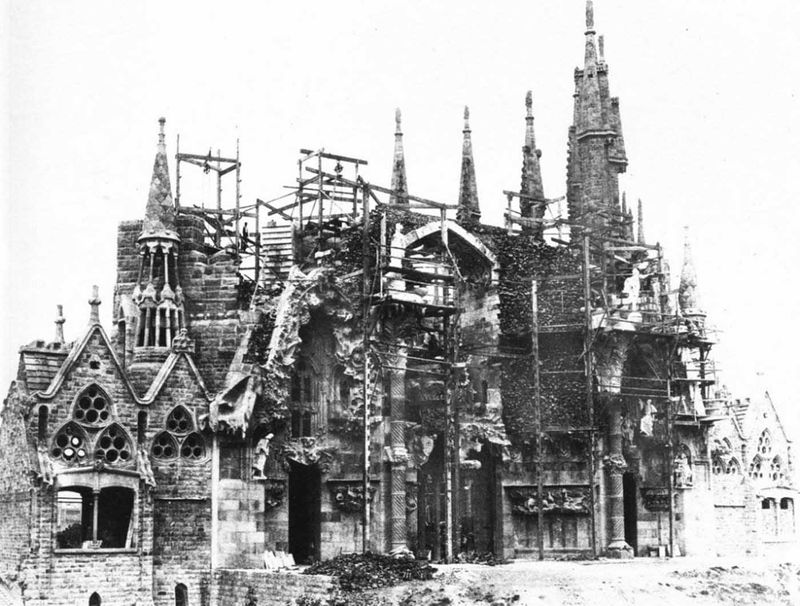
Barcelona’s Sagrada Familia is a testament to patience and architectural audacity. Designed by Antoni Gaudí, this basilica’s construction started in 1882 and is still ongoing—talk about a work in progress!
Gaudí’s vision was an intricate tapestry of Gothic and Art Nouveau styles, making it an ever-evolving masterpiece. It’s a bit like the city’s favorite unfinished symphony.
Did you know? Gaudí spent 15 years living on site, dedicated to his magnum opus. His relentless passion ensures that one day, the Sagrada Familia will finally have its crescendo.
11. Colosseum
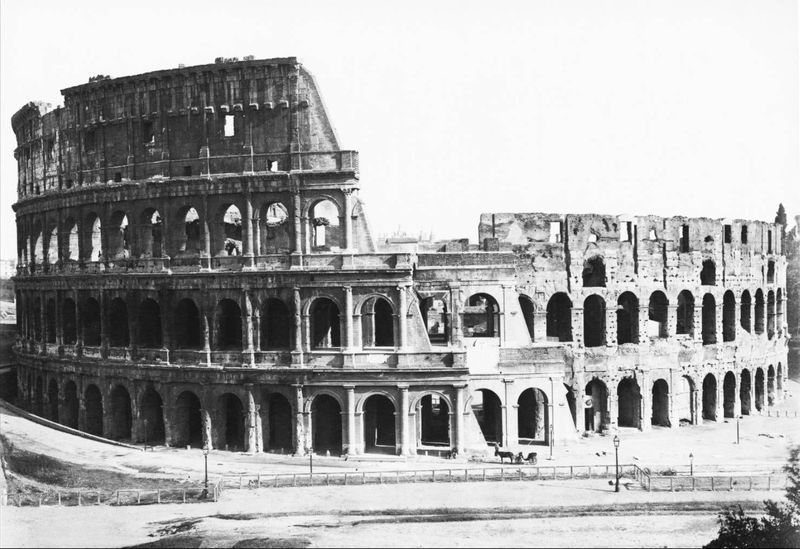
Rome wasn’t built in a day, and the Colosseum is a testament to that. Commissioned in AD 72, it stood as a grand arena for gladiatorial games and spectacles.
The amphitheater was an architectural triumph, boasting a complex system of vaults and corridors. Imagine the roar of the crowd echoing through its arches!
Here’s a timeless tidbit: It could seat over 50,000 spectators, who probably enjoyed the ancient version of popcorn as they cheered on their favorite gladiators.
12. Big Ben
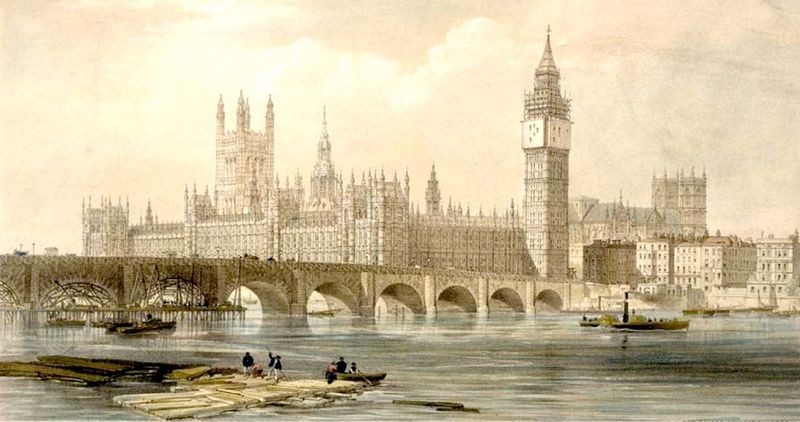
Tick-tock goes the clock! Big Ben, London’s iconic clock tower, chimed into existence in 1859. The tower stands proudly at the north end of the Palace of Westminster, a true symbol of British resilience.
The clock’s design faced numerous challenges, from keeping time accurately to withstanding the unpredictable British weather. Yet, it ticks on, unfazed by rain or shine.
Fun fact: The clock was accurate to within one second, thanks to a stack of pennies used to fine-tune its pendulum. Talk about a penny for your thoughts!
13. Panama Canal
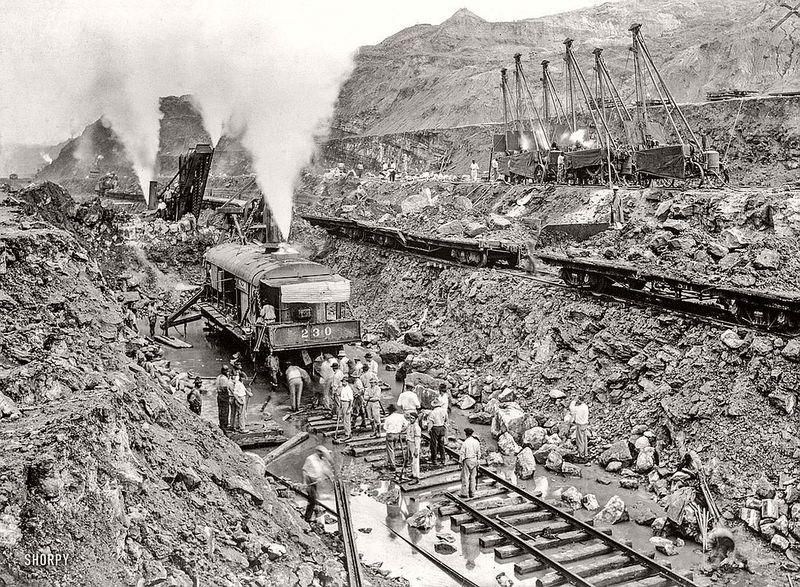
The Panama Canal is proof that sometimes, you have to dig deep to connect the world. This ambitious project united the Atlantic and Pacific Oceans, a feat of engineering and determination.
Under sweltering conditions, workers faced challenges like landslides and disease, yet powered through to completion in 1914. The canal remains a vital artery for international maritime trade.
Did you know? The project was initially attempted by the French, who abandoned it due to difficulties. The U.S. picked it up, and the rest is history—a tale of persistence and canal-do attitude.
14. Brooklyn Bridge
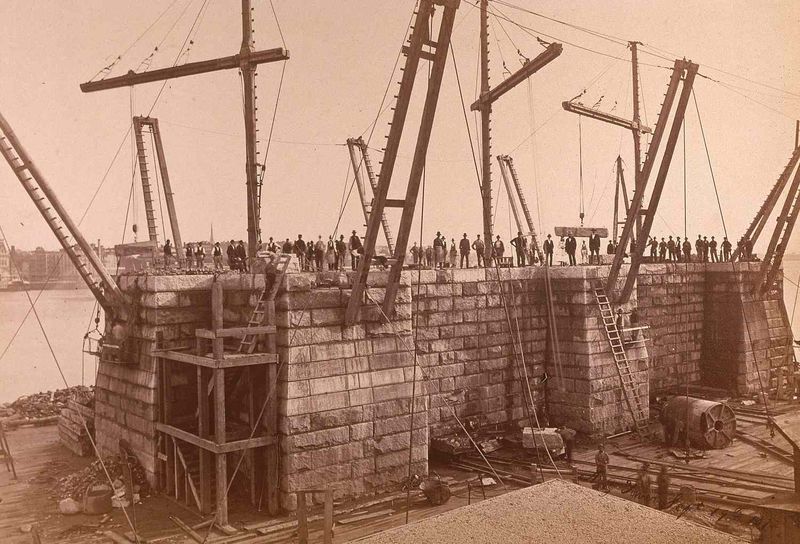
The Brooklyn Bridge is a love letter written in steel and stone. Completed in 1883, it was the world’s longest suspension bridge at the time—a true marvel of its era.
John Roebling’s vision connected Manhattan and Brooklyn, although he didn’t live to see its completion. His son, Washington Roebling, took the reins, proving that family ties can bridge any gap.
Here’s a quirky fact: At its opening, a famous circus performer led a parade of elephants across to demonstrate its strength. Talk about putting your trunk trust in engineering!
15. Leaning Tower of Pisa
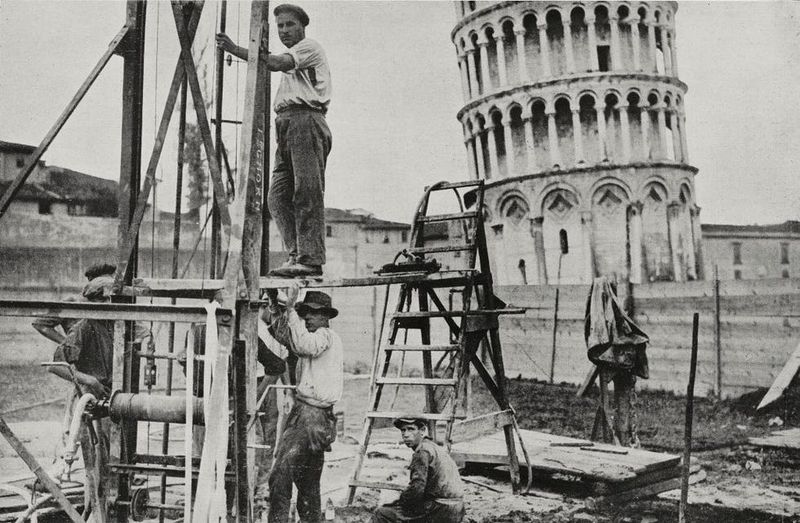
Ah, Pisa’s Leaning Tower—proof that sometimes, it’s okay to lean into your uniqueness. Begun in 1173, this bell tower was already tilting by the time its third floor was built. Oops!
Despite its precarious angle, the tower was completed in 1372, becoming an architectural oddity and tourist magnet. It turns out, leaning was the best thing that could happen to Pisa.
Did you know? The tower was stabilized in the 20th century, but its signature lean remains, a gentle nod to its historic hiccup.
16. Taj Mahal
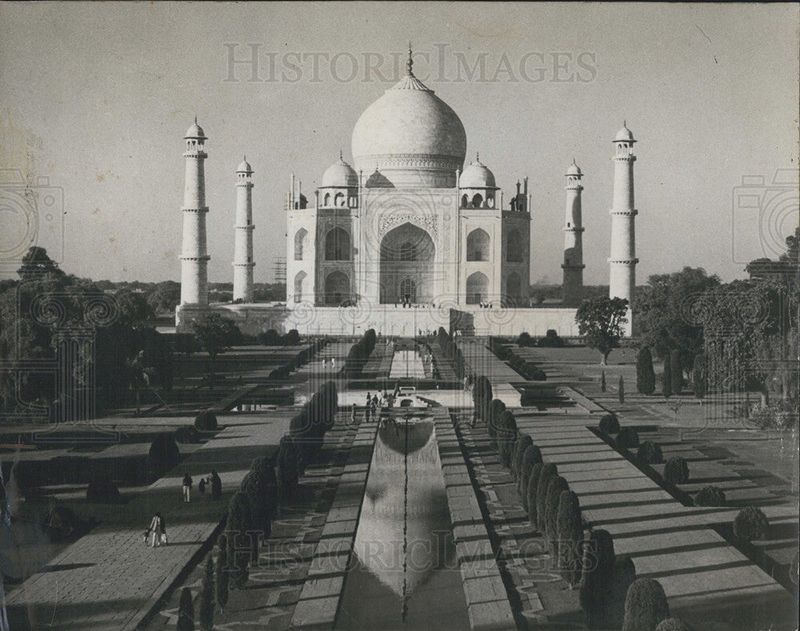
The Taj Mahal is love immortalized in marble. Commissioned in 1632 by Shah Jahan, this mausoleum is a tribute to his beloved wife Mumtaz Mahal.
Craftsmen from all over Asia came together to build this masterpiece, an architectural symphony of Persian, Indian, and Islamic design. It’s said that tears were shed as its beauty took shape.
Here’s a heartfelt tidbit: Legend has it that the emperor planned a black marble twin for himself, but his plans were never realized. Just goes to show, love makes you do the darndest things.
17. Petra
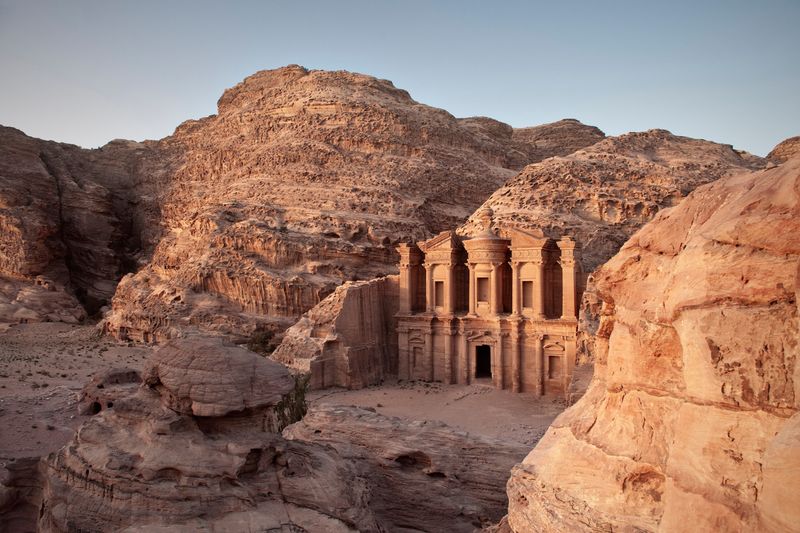
Petra is the crown jewel of the desert, its rock-carved structures a testament to the Nabataeans’ ingenuity. The Rose City sprang from the sandstone cliffs and captivated the world with its grandeur.
Constructed in the early 5th century BC, its iconic Treasury is just one of many wonders within its ancient walls. Petra’s allure lies in its fusion of natural beauty and human craftsmanship.
Did you know? This archaeological wonder was hidden from the Western world until 1812, when a Swiss explorer ‘rediscovered’ it. Talk about a plot twist worthy of Indiana Jones!
18. Great Wall of China
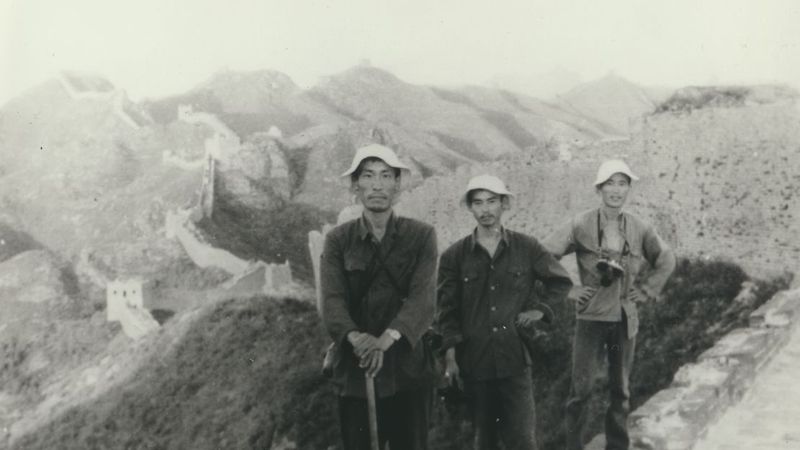
The Great Wall of China—it’s not just a wall, it’s a statement. Built to protect against invasions, this monumental feat stretches over 13,000 miles.
Construction began in the 7th century BC, employing soldiers, peasants, and prisoners. While the wall never fully halted invaders, it stands as a symbol of resilience.
Here’s a fun tidbit: Contrary to popular belief, you can’t see it from space. But its history is out of this world!
19. Hagia Sophia
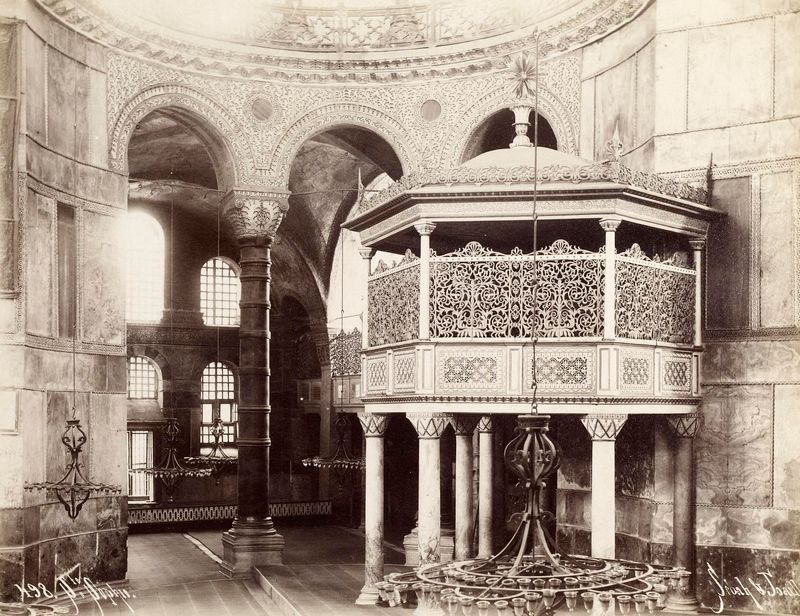
The Hagia Sophia is where history and architecture have an epic pow-wow. Built in 537 AD as a cathedral, it later transitioned into a mosque, and now stands as a museum in Istanbul.
Its grand dome seemed to defy gravity, an engineering marvel of its time. The Hagia Sophia witnessed the rise and fall of empires, its walls echoing with the whispers of history.
Did you know? It held the title of the world’s largest cathedral for nearly a thousand years. Talk about a long-standing record!
20. Versailles Palace
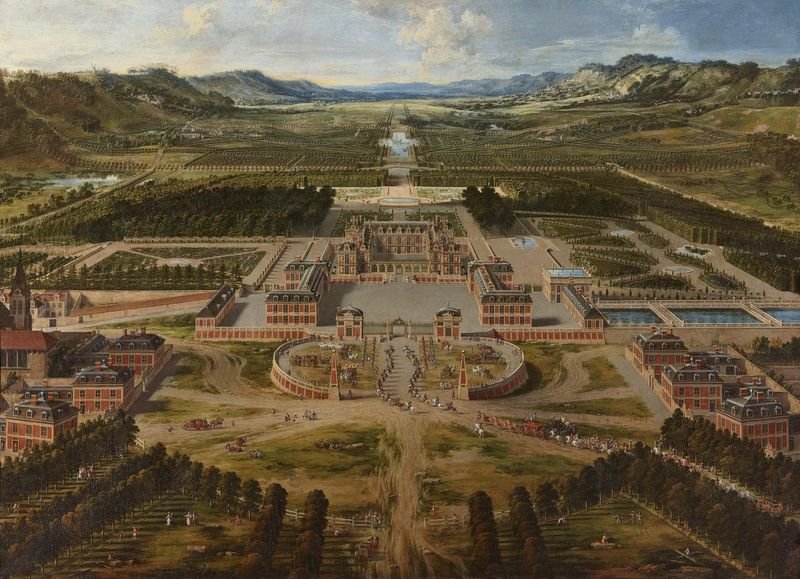
The Palace of Versailles is the epitome of opulence, a royal playground that screams ‘look at me!’ Commissioned by Louis XIV, its grandeur was meant to showcase France’s might and glory.
Construction began in 1661, transforming a hunting lodge into a symbol of absolute monarchy. The palace’s Hall of Mirrors and expansive gardens are a testament to the Sun King’s vision.
Fun fact: The palace is so grand, it has over 700 rooms. That’s a lot of space for royal introspection, or perhaps hide-and-seek!
